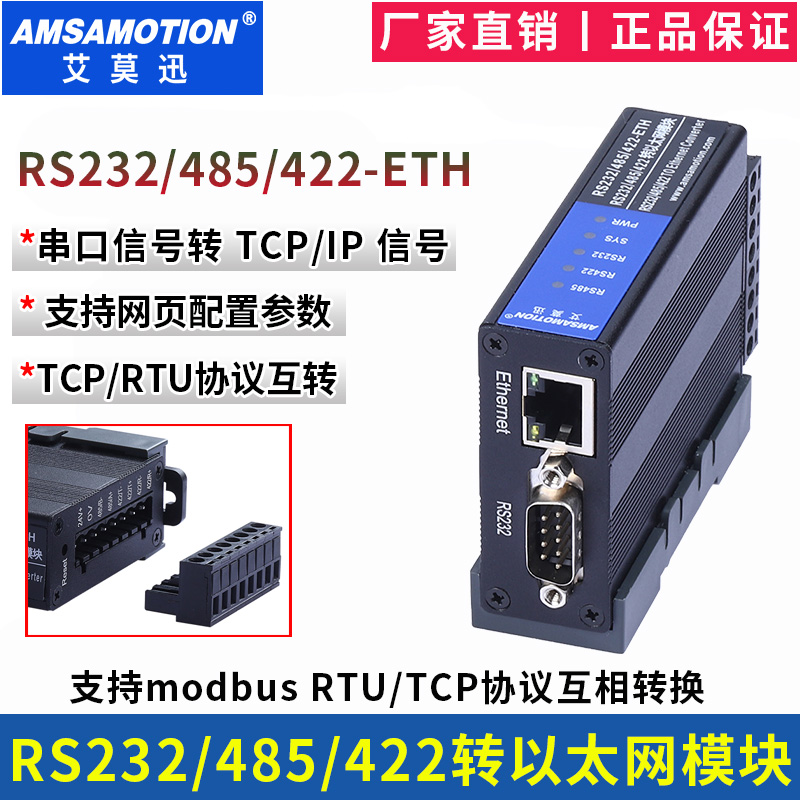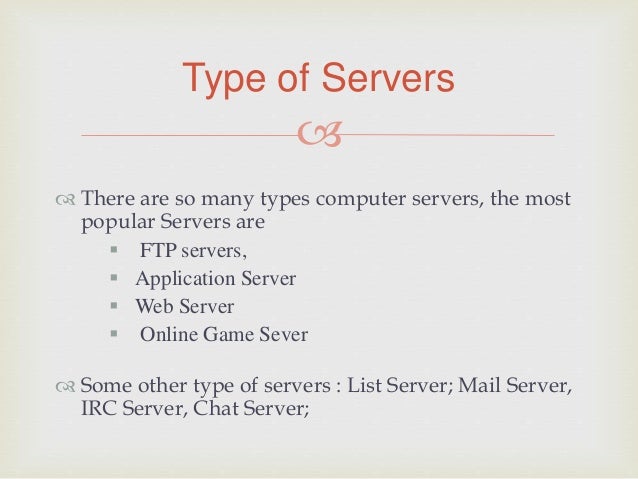
- #MODBUS SERVER VS APPLICATION SERVER SERIAL#
- #MODBUS SERVER VS APPLICATION SERVER SOFTWARE#
- #MODBUS SERVER VS APPLICATION SERVER CODE#
- #MODBUS SERVER VS APPLICATION SERVER MAC#
#MODBUS SERVER VS APPLICATION SERVER SERIAL#
#MODBUS SERVER VS APPLICATION SERVER MAC#
Modbus TCP/IP has a unit identifier instead address field for Modbus devices which means that the original device address is not needed as the Ethernet devices already contains their own unique MAC addresses. In Modbus TCP/IP error checking field also known as checksum(LRC or CRC) is not considered, as the standard Ethernet TCP/IP link layer checksum methods instead used to guaranty data integrity.
#MODBUS SERVER VS APPLICATION SERVER CODE#
The function code and their functions are defined below:- Sr No. The PDU includes the function code of 1 byte and the data with no fix size. Thus, MBAP and PDU merges to form a Modbus TCP/IP Application Data Unit shown in the figure below.įirst 4 is Part of MBAP(Modbus Application Protocol) and Remaining 2 is Part of PDU(Protocol data Unit) Transaction/invocation Identifier The unit ID is set to 00 or FFin most of the typical Modbus TCP/IP server application, ignored by the server, and simply echoed back in the response. Unit Identifier (1 byte): Unit identifier is used to identify a server located on a non TCP/IP network (for serial bridging) at remote location.Length (2 bytes): It includes the unit identifier byte, function code byte, and the data fields and byte counts of the remaining fields.Protocol Identifier (2 bytes): For Modbus services protocol identifier field is always 0 and other values are reserved for future extensions.Transaction/invocation Identifier (2 Bytes): This identification field is used for pairing the transactions when multiple messages are sent along the same TCP connection by a client without waiting for a prior response.Must Read : Profibus vs Profinet MBAP header Must Read : What is Profibus ? How Profibus Work ? Now if we talk about the messaging structure of Modbus TCP/IP it has a 7-byte header called as MBAP header (Modbus Application Header) is added to the start of the message with a PDU (Protocol Data Unit). Modbus masters referred as clients and Modbus slave as servers.Modbus TCP/IP clients and servers sends and receive Modbus data via port 502. Modbus TCP/IP works on clients and servers model. So in simple words we can say Modbus TCP/IP message is a Modbus communication encapsulated in an Ethernet TCP/IP wrapper. Modbus TCP/IP simply combines a physical layer named Ethernet, with a networking standard named TCP/IP, and a standard method of representing data that is Modbus, all of which combines to carry data of the Modbus message structure between compatible devices. Ethernet/ip is very Powerfull, but it is also complex Must Read : OPC-UA vs DA Modbus TCP/IP vs Ethernet IPĮthernet/IP uses the Ethernet architecture to establish connection between automation devices like PLCs,DCS, sensors,industrial machines.Įthernet/IP managed by the Open DeviceNet Vendors Association (ODVA) and is based on the Common Industrial Protocol (CIP). Must Read : Modbus ASCII Vs Modbus RTU Vs Modbus TCP/IP That prevents manipulations and guarantees secure data transfer within the overall visualisation project.The combination of TCP/IP can simply be called as a transport protocol which does not define what the data means or how the data can be interpreted, but Modbus along with TCP/IP as an application protocol can be used to interpret the data. At the same time user authentication has been increased: only authenticated Clients can log in to the PASvisu Server.

All data traffic between PASvisu Clients, Builder and the Server is now fully encrypted. The “secure” Client/Server connection is also new.

Greater security during data exchange thanks to “Secure-Client” HMIs already integrated within the machine, external PCs or tablets. It can also be used via almost any end device, e.g. Thanks to it being open, there is no need to change the existing automation infrastructure when using PASvisu: PASvisu can be used on existing machines with the available controllers. It is also possible to process data from different controllers simultaneously in one visualisation project.

This enables a simple exchange of process data between PASvisu and almost any control system.
#MODBUS SERVER VS APPLICATION SERVER SOFTWARE#
From the new version v1.10 for PASvisu, the web-based visualisation software supports not only OPC UA but also the Modbus/TCP protocol.


 0 kommentar(er)
0 kommentar(er)
